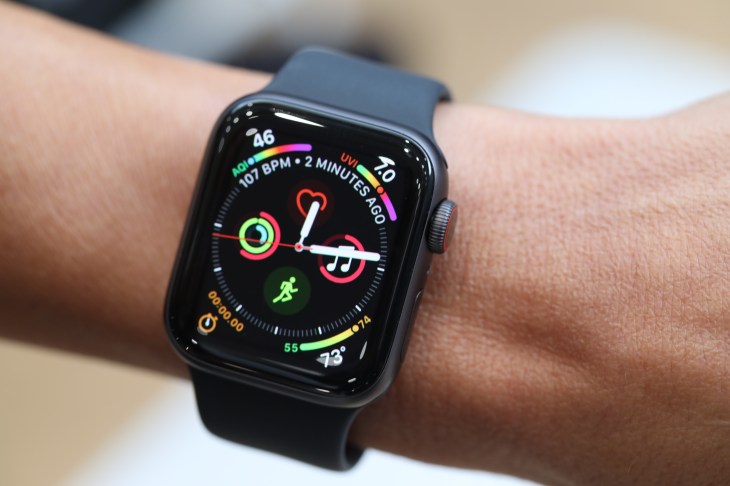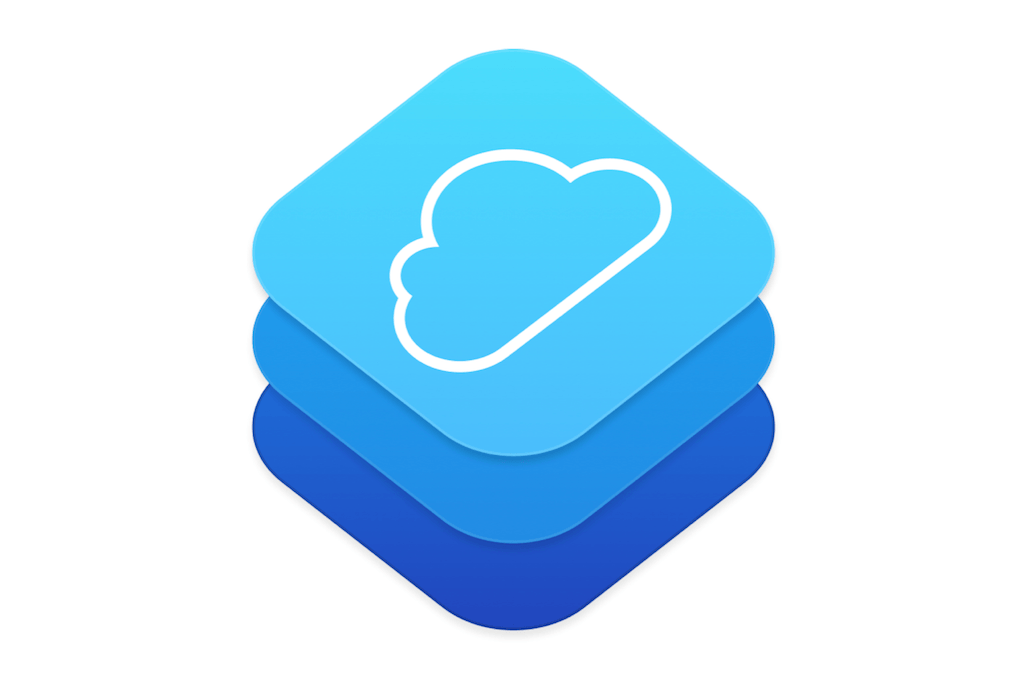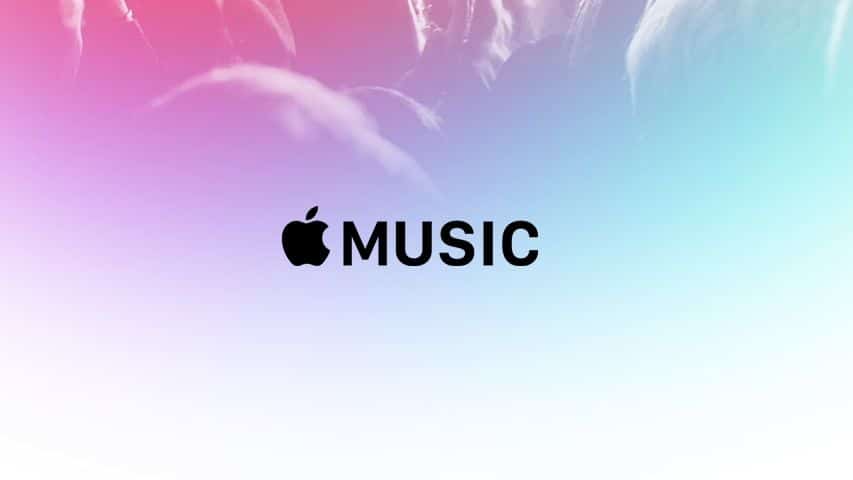The iOS platform has always been a convenient and slick platform with great functionality. The top 7 chart below includes iOS features that improve user experience, and also the features that make a developer’s life easier. Ready? Let’s see what they are.
#1 Multitasking for iPad
Most probably, you heard and tried the iPad multitasking enhancements demonstrated by Craig Federighi, Apple’s VP of software engineering. And these capabilities are the most impressive from a unanimous point of view of our iOS developers.

Multitasking functionality allows for three main possibilities: to open an app without leaving the current app (Side Over), to run two apps side-by-side at the same time (Split View), and to achieve a floating video effect (inspired by a floating button?) which they called Picture in Picture. Unfortunately, Split View is only available on iPads that have enough RAM and an advanced processor.
If your iPad app is developed using Auto Layout and Size Classes, then it’s supposed to be already compatible with the new enhancements. Apple only warns us to use system resources efficiently. After all, an app is now supposed to share the screen with another running app. Apps that consume too much memory will be dismissed by the system.
Nothing is new in this world, and Apple’s new multitasking capabilities either. Guess who was the first to introduce multi-window support? …Microsoft. On tablets running Windows 8 and higher. Android devices like the Galaxy S10, Galaxy Note 10, and more have been supporting the split-screen feature for a few years now. What’s more, Picture in Picture capability was first delivered to Android by Samsung under the name Pop-Up Play.
#2 Deep linking
The second place in our top 7 features of iOS belongs to a new search. A search API for iOS can index mobile app pages which means they will behave like pages on the web. Deep-linking technology has been in use for a while. Startups, such as URX, Deeplink.me, Quixey, Tapstream, Appsfire, have been developing tools that allow for app discovery and app content advertising. Google also added deep linking to Google Ads for in-app ads. Unlike Google, Apple is actually backing deep links into iOS letting users access information inside of apps, even when they aren’t installed on their devices. In order to adopt Search, Apple provides three API to us, developers:
● The NSUserActivity class indexes user activities based on keywords that show up in search results. The activities come with pictures, titles, and descriptions.
● The Core Spotlight framework does something similar to the NSUserActivity in that it also indexes content in an app and enables deep links to it. Core Spotlight, however, is specially designed for apps that have user-generated content, like pictures, videos, documents, etc. The framework provides a database-like API that lets you add, retrieve, update, and delete items that represent searchable app content. You can learn more about databases in the following article: https://yalantis.com/blog/how-to-choose-a-database.
Apple suggests adopting both APIs to create relationships between activities and items. An activity together with a related Core Spotlight item will deliver a better user experience.
The third search-related API Apple offers is designed for those app developers who have a website in addition to their mobile products. Adopting Web Markup will allow Apple to discover and index web content in Search and Safari. Besides, adding Smart App Banner will let your website users easily discover your app.
#3 Apple watch
The fact that Watch App and WatchKit Extension live in one place on the Apple Watch is a great improvement which gives us more opportunities to build exciting apps. iOS developers have access to the digital crown, taptic engine, accelerometer, microphone, and heart rate sensor. We also can enable audio and video playback, and animations through new software APIs.

ClockKit framework allows app developers to create and manage complications – small widgets to display on a clock face. Interestingly enough, the system provides update cycles to build your complications timeline with past, present, and future data. This capability makes Time Travel possible. Apple Watch users can scroll with the digital crown to see events that will happen in 10 hours or already happened 3 hours ago. This may include upcoming meetings or activities, the weather forecast for the week, flight information for an upcoming journey, and so on.
An app for Apple Watch cannot be independent of a fully-fledged iPhone app, which connects to the former by means of the Watch Connectivity Framework. Besides, Apple Watch can go to the internet to get information using the functions of NSURLSession.
#4 Free Provisioning
Any app that is being developed needs to be tested along the way. You can always run it on Simulator, but an app won’t reproduce the same behavior as it would on a real device. For debugging and testing to be successful one needs an actual iPhone or iPad.
Before, running an app on a device required a complex set of steps to allow app developers to install and run their apps. They had to go to the Apple Developer Account and generate a provision. With Xcode, iOS app developers received a great opportunity to skip that. All they need is an Apple ID and they can develop and test a mobile app on any device.
#5 CloudKit
Apple added Web APIs which allow you to use a web interface to manage data in your database, and JavaScript library which means now, if you have a CloudKit app, you can let users access its data from a web interface.

#6 UI testing
Xcode allows app developers to test UI by recording interaction scenarios with their apps. This functionality is very useful since it accelerates the process of development and allows us to address possible UI issues early. In the past, we needed a third-party solution to carry out this procedure.
#7 Music App
We can’t leave music without attention. Apple’s music streaming service raised a lot of discussions time ago. Some said, they would absolutely pay $10 for an opportunity to access iTunes entire music library, while others believed it was way too much given that Apple Music didn’t seem to be any different from other music streaming apps like Spotify, Rdio, SoundCloud, and a bunch of others.

There is a big question on how music streaming startups are going to compete on the market that’s already populated by giants like Apple and Google. Despite the challenge in the past, Spotify closed a massive new funding round worth $526 million a day after Apple’s intentions to rule the music world was made public.
Another thing that Apple devotees need to be aware of is the Apple Music revenue model. Music artists receive 58% on subscription revenues earned through the service and 0% when music is streamed through the free trial option. Spotify allegedly pays out 70% to the right owners. Digital Music put out a royalty section of the Apple’s contract, but now they added the following update:
This 70% figure has been thoroughly challenged by both commenters and numerous industry executives; Spotify appears to be paying the same (or worse) than Apple on streaming.
Apple rolled out a lot of other interesting features not included in this list. It still doesn’t mean that Apple Pay, HealthKit, HomeKit, Swift, and other iOS features didn’t grab your attention.














Leave a Reply